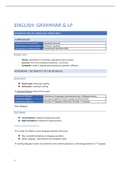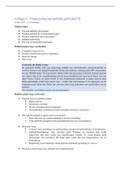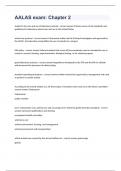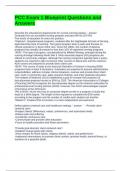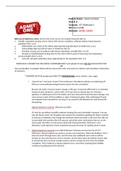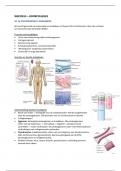Summary
English Grammar and Language Proficiency Summary
- Course
- Institution
English: Grammar and Language Proficiency Summary, given by Anna Gagiano in BA2. Includes all units in the handbook, homework assignments and a glossary with all the vocabulary from the lesson
[Show more]
